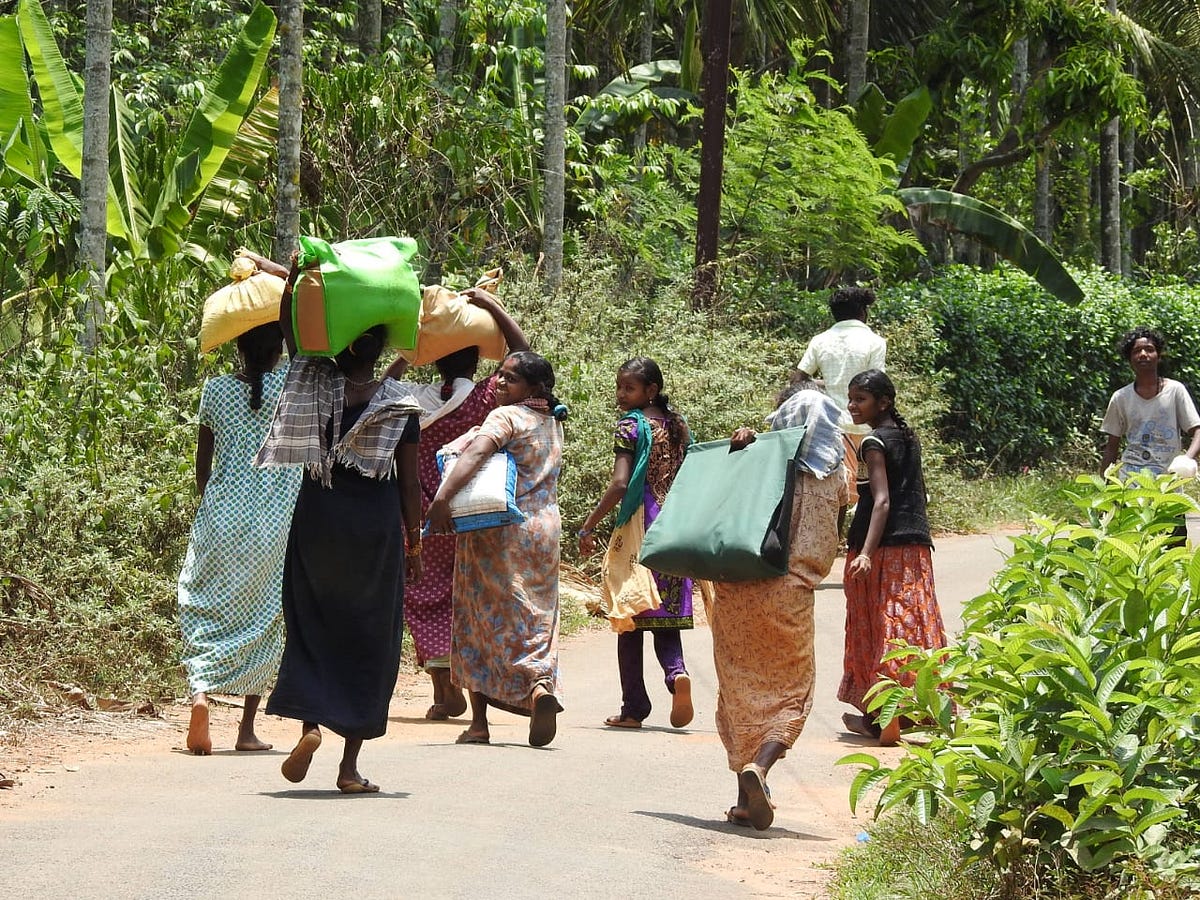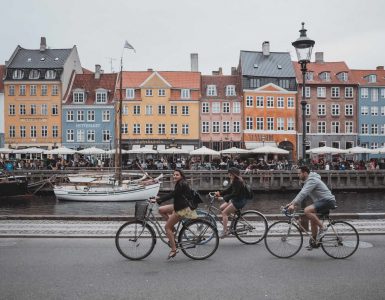When climate-related disasters happen, we usually speak about deaths, financial losses, and property damages to assess the impact of climate events. While it helps in drawing attention but that is not the only consequence of climate change.
The impact on the lives & livelihood of people affected by a disaster can persist for years after a climate event or a health-related emergency.
The climate change events do not spare anyone but the impact on the impoverished people is many times more than the privileged lot. Their proximity to climate-related disasters, weak physical infrastructure, and limited access to public & private services (like healthcare & insurance) leaves them highly susceptible to a greater impact.
Health problems, physical injuries, food shortages, and disaster-related diseases are the immediate ones, there are other bigger impacts of climate change on marginalized communities which are largely ignored by the media and newspapers.
Lack of job opportunities — The climate event generally put the shutter on many factories and businesses including many small & medium scale enterprises. Consequences are also felt on the integrated supply chain. People are thrown out of their jobs and potential opportunities also significantly reduce. There are instances where companies close their production facilities in case of climate-related disaster and shift their base to some other safer place.
In India, more than 70% of people are dependent on climate-sensitive sectors for their livelihood, most prominent being agriculture.
Decline in Agriculture Output — If it is a flood-like situation, farmers lose their agricultural lands due to deluge and water also cause irreversible damages to the crop. The fruits & vegetable cultivation also go for a toss. While the drought situations are more likely to cause land degradation or reduced yields
Increase in debt burden — The calamity-induced financial sufferings like increased medical spending, creating provision for essential services, and repairs to the homes & assets require people to take huge loans. Many times the debt does not come from financial institutions but higher interest charging local money lenders.
Gender violence— Kenya reported an increase in cases of domestic and sexual violence against women and children as an aftermath of COVID-19.
Loss of children’s education — Children’s education is one of the least priorities for adult decision-makers when dealing with a health or climate-inflicted calamity. As per a UNICEF report, more than 450 million children across the world were unable to access remote learning after COVID closed many schools.
Mental health problems — The traumatic experience of a disaster cause increased stress in many people. Mental illness tends to cause higher suffering to those disabled by the accident or disease. Most mental disorders negatively affect how individuals feel about themselves and endure persistent feelings of despair.
Displacement & Migration of Population — As per the Norwegian Refugee Council, “In 2018, more than 17.2 million people fled disasters in 125 countries and territories. Disasters displace three to ten times more people than conflict and war worldwide.”

Then there are issues like degradation of local ecology, biodiversity, deaths, and diseases to livestock, higher incidence of malnutrition, water-borne diseases, water shortages, and so on.
What is the solution? A hope that we do not have any climate or health disasters.
Completely stopping a weather disaster is a dream that is too far-fetched. Climate fluctuations occur from year to year, and weather conditions such as rains, storms, and hot seasons, have become inevitable — causing disastrous events like floods, droughts, and wildfires.
Recognizing the situation and being better prepared is a much better alternative. The main task is essentially reducing carbon emissions, but being prepared for climate-related disasters is equally necessary with special emphasis on local and marginalized communities.
Firstly, including the communities within the purview of disaster and climate change-related policy is foremost. Secondly, empowering the communities to be adequately equipped in case of a disaster event and ensure that they have the resources available to make their recovery faster.
The first solution essentially falls under the realm of the government & policymakers, the second option is increasingly being taken by social welfare organizations.
We spoke to one such organization Humane Warriors, a group of young warriors who are trying to create a positive impact on the lives of people who suffer the most. The founder of the organization, Rhythima Shinde mentions “Unfortunately, events like calamities, uncertainties, pandemics will get bigger & bigger over the years. Therefore our goal is to build resilient communities that can bounce back after the calamity.”
“To build trust we have regular communication with communities, involve them in various aspects of the projects, and give them ownership. In our case, 90% of the projects are owned by the community.”
The issue of vulnerability of the marginalized communities to natural hazards must remain central to the discussions & policymaking, and effective steps need to be taken to address & mitigate the increased disaster risks.
Including the local communities in the decision-making and encouraging systematic dialogue is extremely critical if we have to fight climate change.






Interesting information..